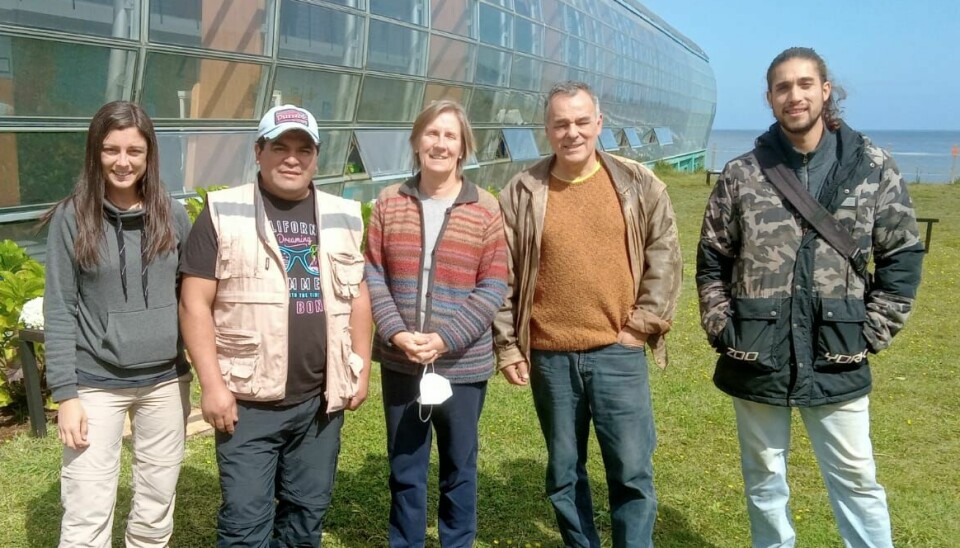Chile: The UACh project will investigate the culture of polychaetes fed with sludge from agricultural centers. These marine worms are rich in protein and omega 3 and 6 fatty acids.
„The circular economy through polychaetes: capture and transfer of sludge from marine salmon farming” was recently awarded Fondef IDeA R&D from the National Institute for Research and Development.
Research initiative ID23i10020 is a researcher and academic from the Faculty of Science at the Australian University of Chile, Dr. Led by Guillermo Valenzuela Olea, a researcher and expert from the same research house as Dr. Will work with Alice Turner. polychaete biology and Dr. Silvia Gómez, a researcher at the Pontificia Universidad Católica de Valparaiso, has carried out specific studies on palisade feeding with fish farm sludge.
In a conversation with Salmonexpert, Dr. Valenzuela, the research group he leads has been conducting research through various projects for more than 15 years, with the aim of laying the biological and technological foundations to culture polychaetes (sea worms). “We all know about vermiculture. However, marine worm farming is a new technology, a new science that is not well known and is very little developed in the world. We are growing it only in Latin America.
How does the culture of polychaetes relate to sludge from salmon farms? The academic pointed out that some types of polychaetes, especially species Perineris qualpensisWhoever they are going to work with on the project will have to investigate the feasibility of cultivating them, feeding them sludge from marine farming centers that are high in organic matter.

„These polychaetes are rich as an input for salmon feed, because they contain high amounts of proteins and polyunsaturated fatty acids (omega 3 and omega 6), which are very important in the first diets, in the early stages of salmon. That is why the concept of 'circular economy’ makes sense, because for these worms, By feeding the sludge in the farm, the polychaetes are then converted into a high-quality nutritional input to enrich the diet of the salmon fry”, the researcher explained. The polychaetes, which are turned into flour and converted into a nutritional input, are only used for first feeding due to the quantities that can be produced.
According to Dr. Valenzuela Olia, the development of the research will begin in August this year. The $200 million project will last for 24 months and will involve two companies. It is Walbush, a marine services company for the salmon farming industry and Resitter Industrial responsible for waste separation, recycling, conversion and recovery.
„In the first year of the project, the sludge will be collected directly from the seabed, while a pilot-scale collector can be designed and built and installed under the cage rafts. In this first year, we will collect the sludge already at the bottom to carry out pilot cultivation experiments in small aquariums in the laboratory. Meanwhile, in the second year of the project, the sludge will be collected from the bottom. Before it falls, we will collect it as 'pure sludge’ and carry out pilot cultivation experiments in large ponds,” explained the UACh academic. .
Measurement
Dr. According to Valenzuela, since it is a Fontep applied research project involving the participation of private companies, it includes projection and commercial and industrial measurements.
“It is very important for salmon farms to have the confidence to recover the sludge before it goes to the bottom of the ocean. In my opinion, there are two ways to measure this project. One option is to make regulations stricter in terms of environmental compliance for salmon farming, mandating the recovery of sludge before it falls to the bottom. Another option is that the salmon farmers themselves see this as a profitable venture and reclaim the mud on their own. In this way, they strengthen their commitments to environmental sustainability and obtain better innovation of their final product,” said the UACh researcher.
